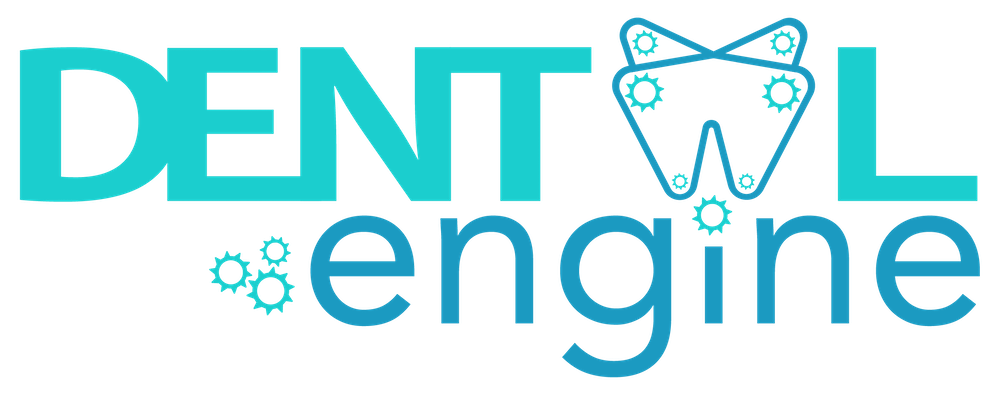Traditional vs. Digital Marketing: What’s the Difference?
When it comes to traditional vs. digital marketing, your decision should be based on the medium you’d want your patients to see your message. While traditional marketing uses classic media scopes like print media digital marketing uses digital media.
With the growing popularity of having a digital presence, investing in digital marketing may seem like the obvious path to take.
However, traditional marketing doesn’t mean it’s obsolete. Online information can be seen as overwhelming.
An informative TV commercial and a feature in a magazine are just as impactful today because of their after-effects on your memory.
Likewise, digital marketing uses every access point of your daily internet usage to reach your audience. A simple ad on Facebook and a call-back e-mail from your favorite shopping chain play into your subconscious. You may not act on it immediately, but the thought will cross your mind throughout the day.
Let’s take a look at the good and bad of traditional vs. digital marketing.
The Pros and Cons of Digital and Traditional Marketing Strategies
Traditional Marketing: Pros & Cons
The Pros:
- More Permanent
If you have a feature in an issue of the Atlanta Journal-Constitution, it will be there until the magazine is recycled. - More Memorable
Seeing something in real life has an effect on you. A beautiful window display in New York City during the holidays is more memorable than an Instagram photo of your local diner’s holiday light decoration.
The Cons:
- Not Cost-effective
If your dentistry is new to the market, chances are you won’t have the funds for a 5-page spread in your local city newspaper or a full 30 second commercial at prime time on TV. - No Interactions
Unlike digital marketing, you won’t get to know your patients through social media and you won’t know their thoughts on your marketing efforts.
Digital Marketing: Pros & Cons
The Pros:
- More Engagement
On different social media platforms, you can see what your patients think of your dental office and your latest marketing efforts. - More Measurable
Unlike traditional marketing, the analytics of digital marketing is exceptionally detailed and easy to track. This helps your office see what works and what doesn’t in a shorter amount of time.
The Cons:
- Rapidly Evolving
While technology replaces itself often, your digital marketing efforts have to change with the times. Each platform will require a specialist, from content writing to social media management, you’ll constantly have to keep track of your growth. - More annoying
As your patients scroll through their timeline on Facebook, sometimes the last thing they want to see is a dreaded sponsored ad for something they don’t really need right now. It’s sure to leave a sour taste of the very office doing the clever digital marketing.
Which marketing strategy works best for your dental practice?
Ultimately, both digital and traditional marketing have their good and bad sides, but the key to your success is understanding the specific marketing needs of your dental office. Consider your budget, your community, and your target audience.
Traditional marketing may seem to be more appreciated by the older generation. However, digital marketing is a surprisingly adaptable route for all demographics. In reality, the key to marketing your dental practice effectively isn’t by choosing between traditional vs. digital marketing strategies. The key is having a combination of digital and traditional, as long as you know what your patients want and need.
As always, for additional information and help completing these suggestions, please visit the Dental Engine to sign up for specialized training to help grow your dental practice into being the best it can be.


Recent Comments